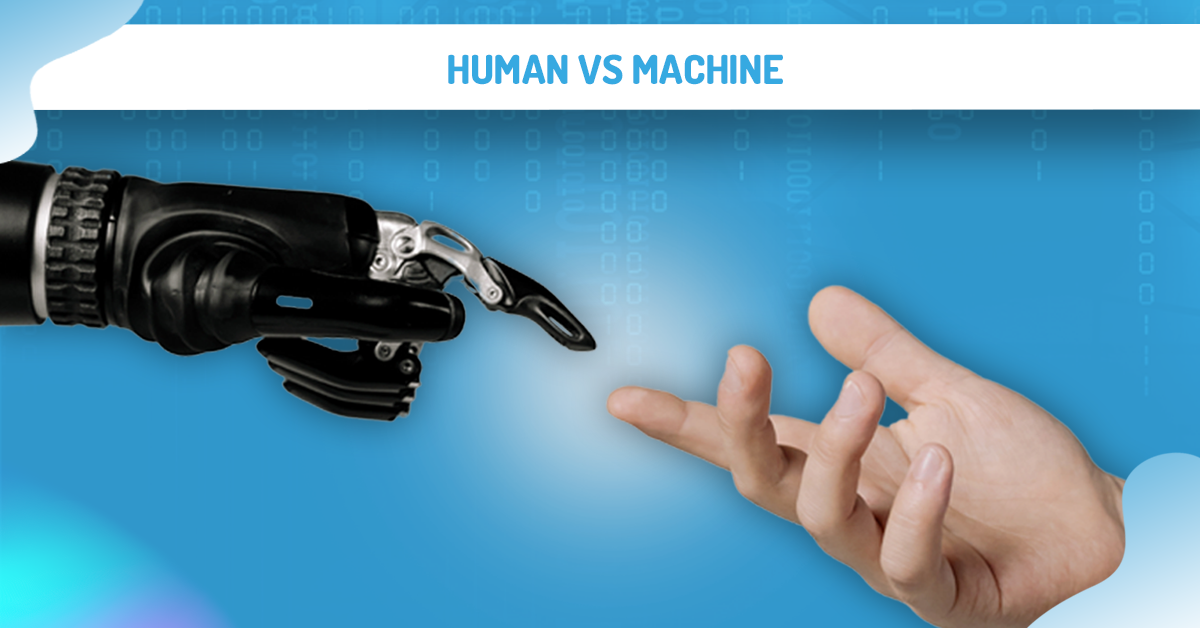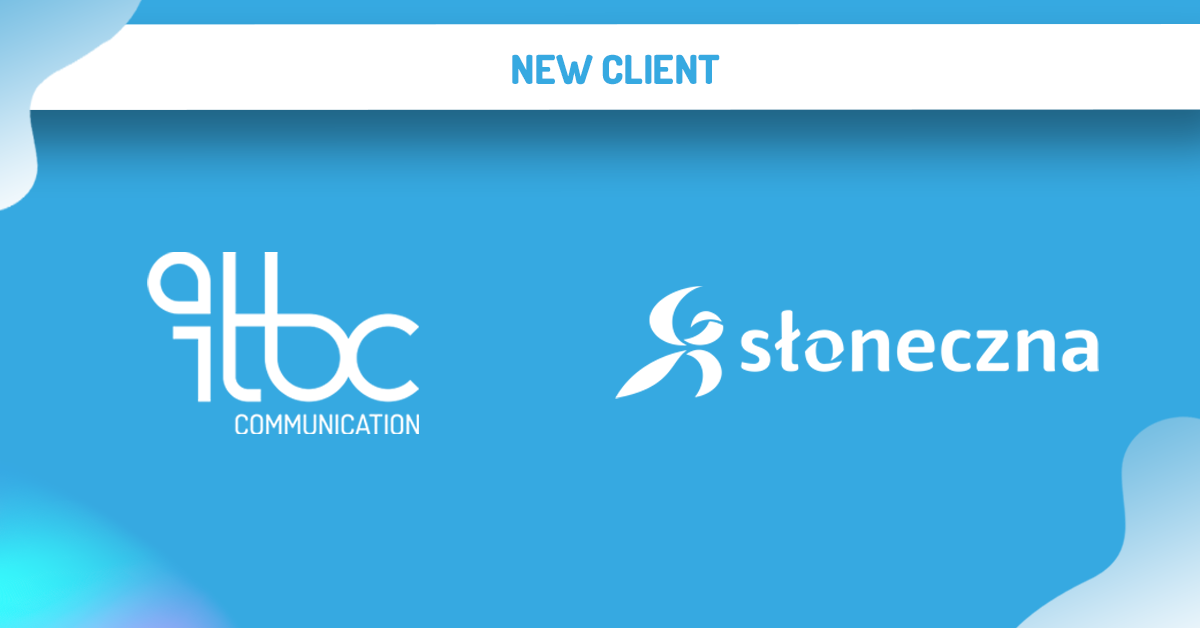Artificial intelligence is spreading in various industries, and PR is no exception. Automation, data analysis, and content generation – all sound enticing to businesses looking for effective communications. However, can AI replace a PR agency?
If you imagine AI as a cat, the matter becomes clear: artificial intelligence can be intelligent, fast, and autonomous, but sometimes completely unpredictable. It can analyze thousands of articles in seconds, but can it sense communication subtleties? This is where humans still rule. AI can hint at the best way to stroke a cat, but only a human knows whether today it’s better to focus on the ear or maybe the belly – and which way to make movements to avoid a disgruntled paw swat or claw scratch. I have two lovely cats, and I know very well, that even a favorite petting is not always desirable at that particular moment. It’s the same with PR – it takes human intuition, emotional intelligence, and experience not to shoot yourself in the knee.
What is AI already doing great at?
There’s no denying that AI is doing a great job supporting PR professionals. It is indispensable in data analysis and media monitoring, processing information, and tracking trends instantly. Tools such as Meltwater or Sprinklr allow the rapid generation of reports and sentiment analysis, making it significantly easier to assess how a brand is perceived in the public space. In the area of content personalization, AI is perfect for email marketing and automated messages, tailoring the message to the recipient. All this makes AI an excellent assistant, but is it smart and experienced enough to take over?
Where does the human still win?
Where creativity and intuition matter, AI still lags. Creating an effective PR strategy requires not only knowledge of data but also the ability to interpret public sentiment or a specific audience. A machine does not understand cultural nuances, humor or irony, which are crucial in communication. PR is also about human relations – building trust and networks, which requires empathy and sensitivity. AI can write an email to a journalist, but does it know that this particular reporter hates official phrases and prefers a looser tone? That’s right.
What about crises? AI can create a perfectly written post on X, but it is a human being who has the instinct and experience to judge whether publishing at a particular moment would add fuel to the fire. For example, AI may offer a brilliant joke in response to an unfavorable article – but is it the right time for humor? Or the other way around – AI may want to share information that the company would rather keep to itself. Without a human filter, you can end up with a message that reminds you “Oops, we weren’t supposed to mention that” instead of a professional and substantive response.
How is the PR industry using AI?
AI is increasingly present in PR, but it is not yet taking over. According to a PRCA report, already 60% of PR firms are using artificial intelligence for data analysis and media monitoring. And a survey by CIPR indicates that 44% of PR professionals use AI to automate routine tasks, such as generating reports or analyzing sentiment (newsroom.cipr.co.uk). However, as many as 74% of respondents indicate that the biggest barrier to fully implementing AI is a lack of confidence in its ability to make strategic decisions.
Ethics in PR – does AI know what’s appropriate?
When AI takes on communications, the question arises: can the machine judge what is ethical? History knows of cases when social media algorithms and chatbots “learned” from users inappropriate content and started spreading controversial messages. In PR, such mistakes can be disastrous.
An example is when the AI handling the social media of a certain brand decides to automatically respond to all mentions of the company, without distinguishing between positive and negative comments. The result? The company thanked users for their complaints and insults. Not very fortuitous. AI can generate content, but it doesn’t understand the context and sensitivity of the topics. In PR, you need subtlety, which machines don’t have.
Additionally, the issue of transparency is key. Companies should make it clear when their communications are created by AI. Hiding this can lead to a loss of trust. People want to know that there are real people behind important communications, not impersonal algorithms. AI can be a great tool, but without proper oversight, it can become a PR cat that just knocked a vase off the table – a seemingly innocent action that suddenly becomes a problem.
Cat versus algorithm – summary
AI in PR is like a cat in a house – smart, and fast, but requiring care and supervision. It can help with analysis, reporting, and automation, but it’s the human who gives the communication its soul and feel. After all, AI can suggest the best technique for scratching behind the ear, but it’s the human who knows that today it’s better not to touch the cat if he doesn’t want to risk a harsh stare and a contemptuous retreat to the couch.
The future of PR is not a “man vs. machine” battle, but a “man + machine” symbiosis. Companies looking for PR support should remember that AI can be valuable support, but it still won’t replace an expert’s experience, intuition, and creativity.
 +48 22 250 49 10
+48 22 250 49 10 info@itbc.pl
info@itbc.pl Ul. Kaleńska 5, 04-367 Warszawa
Ul. Kaleńska 5, 04-367 Warszawa



 Back
Back



